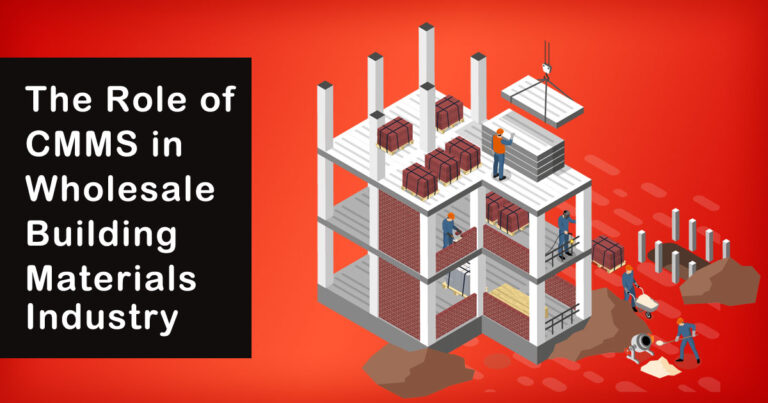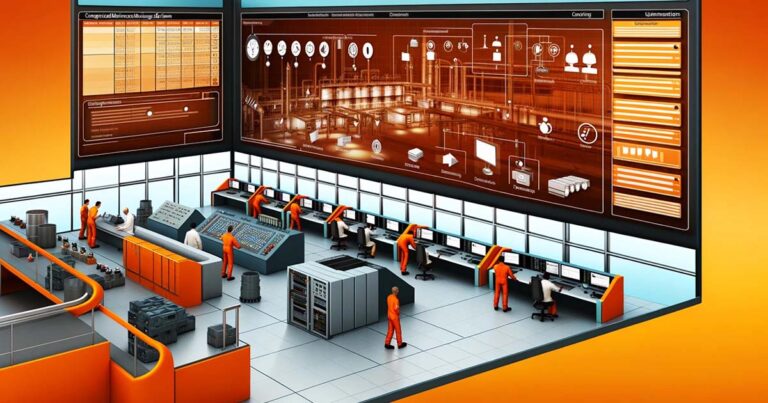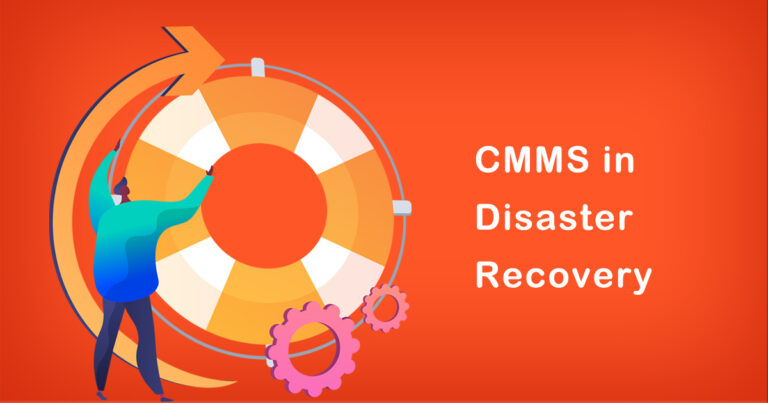Introduction
In today’s fast-paced industrial landscape, organizations face numerous challenges related to safety and compliance. Implementing effective strategies to address these concerns is paramount to ensuring a secure and compliant work environment. One such tool that has gained significant popularity is the Computerized Maintenance Management System (CMMS). In this article, we will explore the benefits of utilizing a CMMS in the Indian context to enhance safety and compliance in various industries.
1. Enhanced Equipment Maintenance
A CMMS serves as a comprehensive platform for managing and tracking maintenance activities. By integrating maintenance schedules, work orders, and asset management, a CMMS enables organizations to proactively address equipment failures and breakdowns. In the Indian context, where industries face unique challenges due to harsh environmental conditions and high workload demands, a CMMS streamlines maintenance processes and minimizes the risk of accidents caused by equipment failure.
2. Efficient Workforce Management
With a CMMS, organizations can optimize their workforce management by assigning tasks and tracking their progress. By ensuring that maintenance activities are promptly assigned to qualified personnel, organizations can minimize human errors and enhance overall safety. The CMMS can also facilitate the scheduling of safety training programs for employees, ensuring compliance with industry regulations and reducing workplace accidents.
3. Regulatory Compliance
Compliance with safety regulations is of utmost importance in any industry. In India, stringent safety and compliance standards are set by regulatory bodies such as the Occupational Safety and Health Administration (OSHA) and the Factory Inspectorate. A CMMS aids organizations in maintaining compliance by providing a centralized platform to document and track safety inspections, audits, and permits. This ensures that all necessary compliance requirements are met, mitigating the risk of penalties, fines, and legal repercussions.
4. Risk Management
Implementing a CMMS allows organizations to proactively identify and mitigate potential safety risks. By centralizing data related to safety incidents, near-misses, and corrective actions, a CMMS facilitates data analysis to identify patterns and trends. This information empowers organizations to take preventive measures, such as implementing safety protocols, conducting thorough risk assessments, and initiating targeted safety training programs. In India, where worker safety remains a significant concern, a CMMS can greatly contribute to reducing accidents and improving risk management.
5. Asset Lifecycle Management
A CMMS enables organizations to track and manage the entire lifecycle of their assets. From procurement and installation to maintenance and retirement, a CMMS provides a comprehensive overview of each asset. By ensuring proper maintenance and regular inspections, organizations can extend the lifespan of their assets, reduce the risk of failure, and enhance overall safety. In the Indian context, where resources may be scarce, effective asset management through a CMMS becomes even more crucial in maintaining safety and compliance.
6. Data-Driven Decision Making
A CMMS generates a wealth of data related to maintenance activities, safety incidents, and compliance audits. By leveraging this data, organizations can make informed decisions to improve safety practices and compliance measures. Through data analysis, patterns and trends can be identified, leading to targeted improvements in safety protocols, equipment maintenance, and workforce training. With data-driven decision making, organizations in India can take proactive steps towards enhancing safety standards and ensuring compliance.
Conclusion
Implementing a CMMS offers numerous benefits to organizations operating in India, particularly when it comes to safety and compliance. By streamlining maintenance processes, optimizing workforce management, and facilitating regulatory compliance, a CMMS serves as a powerful tool for enhancing safety practices and mitigating risks. Furthermore, by enabling data-driven decision making and comprehensive asset lifecycle management, a CMMS contributes to a secure and compliant work environment. Embracing the advantages of a CMMS is crucial for Indian industries seeking to enhance safety, reduce accidents, and achieve compliance with relevant regulations.
Remember, the safety and well-being of employees should always be a top priority for organizations. By adopting a CMMS, companies can effectively address safety and compliance challenges, ultimately fostering a culture of safety and achieving operational excellence.








